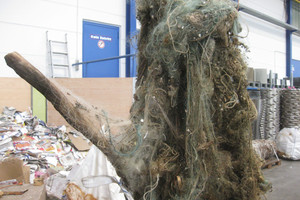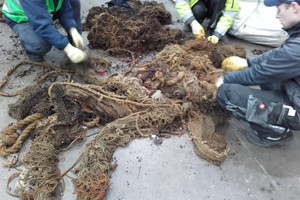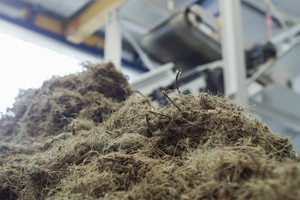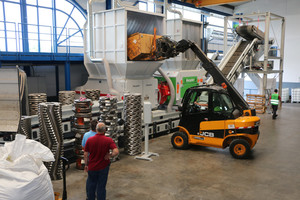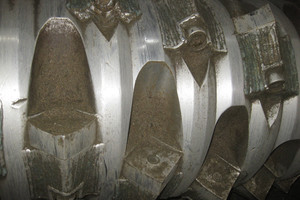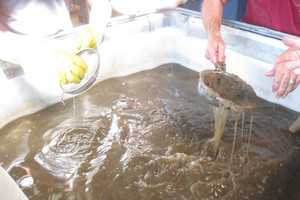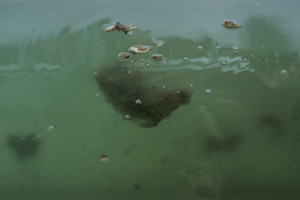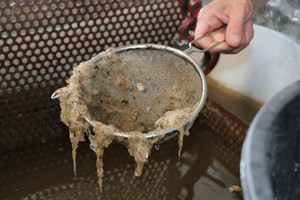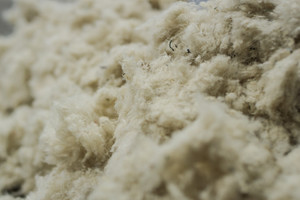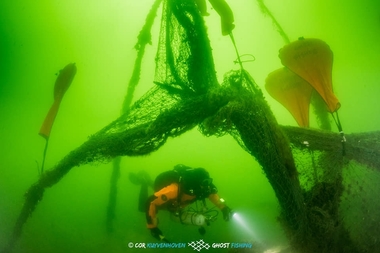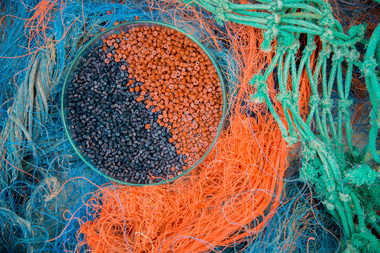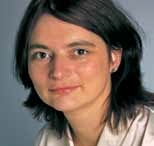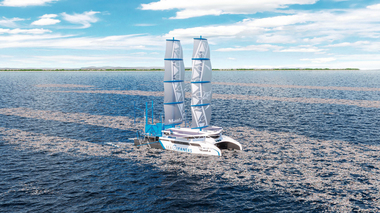Vecoplan® supports ghost net recycling with its
processing technology
The international recycling company Tönsmeier became a partner of WWF Deutschland (World Wide Fund for Nature in Germany) in September 2015, and since then has been working to rid the Baltic Sea of “ghost nets”, i.e. abandoned fishing nets made of plastic. The environmentally- friendly recycling of these polypropylene and polyamide ghost nets is being tested – so Vecoplan® AG was brought in to create an optimum process for transporting, processing and recycling the salvaged material – and the results of initial tests have been positive.
The Baltic Sea is a relatively small sea, and its size makes it ideal for the relatively fast development of a process for salvaging, processing and recycling ghost nets – and transfer the knowledge gained to other larger seas. This is why the Tönsmeier Group, based in Porta Westfalica, is supporting the WWF Deutschland’s “Ghost Nets” project as its partner. Tönsmeier sought the support of Vecoplan® AG for processing of the polypropylene (PP) and polyamide (PA) nets. Vecoplan®, headquartered in Bad Marienberg (Westerwald region), has been developing and manufacturing machinery and systems for resource and recycling management for almost 50 years now. “Our task was to find options for the material recycling of salvaged nets in our own technology centre,” says Vecoplan® Project Manager Ulf Kramer.
Coarse nets, gill nets, or ropes?
Working near Saßnitz on the Baltic Sea, the project partners salvaged some 450 kilos of material from the seabed and transported it to the Westerwald town in big bags. It was striking just how many foreign bodies had been caught in the ghost nets – 14 kilos of scrap metal such as anchors, chains and pipes, 37 kilos of stones and boulders, 21 kilos of mussels, 4 kilos of textiles and shoes, and 20 kilos of wood were entangled in the nets. The material was then manually sorted into coarse nets, fine gill nets and fixed ropes. These pre-sorted groups were subjected to various tests to find out which processing and procedural steps were feasible and effective. “The groups were shredded with no problems,” said Ulf Kramer: Vecoplan® used the VAZ 1600 M XL single shaft shredder with a 110 kW HiTorc® drive for this important first step of the treatment process. The machine was configured with a U-rotor and a filter diameter of 20 mm. Ulf Kramer reflects: “We equipped the VAZ like this because we had already run tests in the technology centre using old, discarded nets – and we were also able to draw on our own experience.”
The heavy particles separate from the lighter ones
The shredded net material, still heavily soiled, was magnetically separated and collected in big bags, and in the next step further sorted using the sink/ swim process. Heavy particles like sand are separated from light plastic particles in water due to different densities in the containers. “Since sand, mud and the small lead weights worked into the nets fall to the bottom, the PP and PA6 can be skimmed off the water surface and conveyed separately to the washing process after a second water bath,” says Falk Schneider, a University of Bath doctoral candidate, who is providing scientific support for the project on behalf of WWF. The shredded material, separated by density, was then poured from the big bags into the funnel on the feed screw of the washing system – and the exciting process of cleaning began. The material is fibre-separated during this washing process and is present as free fibres following friction loading. The dewatered product is then conveyed in big bags. In a production plant, a drying process would be carried out at this stage instead. With regard to the material obtained, Ulf Kramer notes: “Following the tests, successful washing results were visually observed, and the purity values are now being analysed in detail by various universities in their laboratories.” The recycling and material reclaiming of the plastic fibres in the process are therefore still being tested. “In my doctoral thesis, which is based on these experiments, the process is described from the point of view of economics and ecology,” says Falk Schneider. “We now know that it is possible to recycle ghost nets – but the question is, how economically viable is it?” Detailed answers to this question will soon be available.

